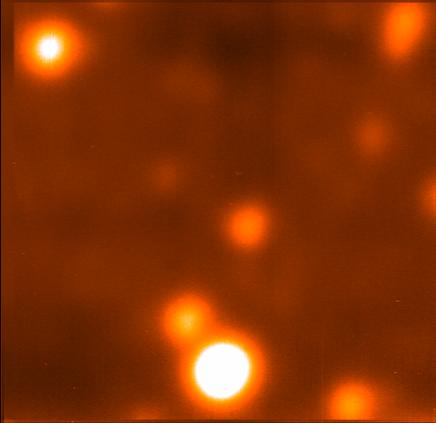Science Links 2007-09-03
RFID chips in humans. The good news is the CA Senate has blocked mandatory implants of these “bar code” chips in employees. The bad news is, there are already companies out there doing it! I had no idea. And I consider myself well-informed. Why isn’t this all over every news channel?
For a reason to look up after that, consider this BBC report about a way of getting better-than-Hubble pictures from ground-based telescopes. The issue has always been that the atmosphere muddies the image.
“The Lucky camera overcomes this problem in two ways. First, it uses one of the most sensitive light-detection systems developed to date. This comprises a chip that has very low electrical noise and so can see much greater detail. Secondly, the software system is able to distinguish when the atmospheric distortion starts and stops.”
They don’t say, but that’s done by shining a laser into the atmosphere. The line of light reflecting off dust should be perfectly straight. To the extent that it’s not, the atmosphere distorts it. The observed distortions are used by the software to instantly make minute adjustments to the curvature of the telescope’s mirror. The adjustments cancel out much of the distortion.
The mechanical engineering, aside from everything else, is a miracle in itself. See, for instance the OverWhelmingly Large telescope, especially the bit on Structure and Kinematics, and details.
Two pictures recently released by the group who developed the technology:
| Globular cluster M13, Mt. Palomar telescope unaided, left, with adaptive optics and software processing, right: | |
 |
 |
| Cat’s eye nebula: | |
 |
 |



